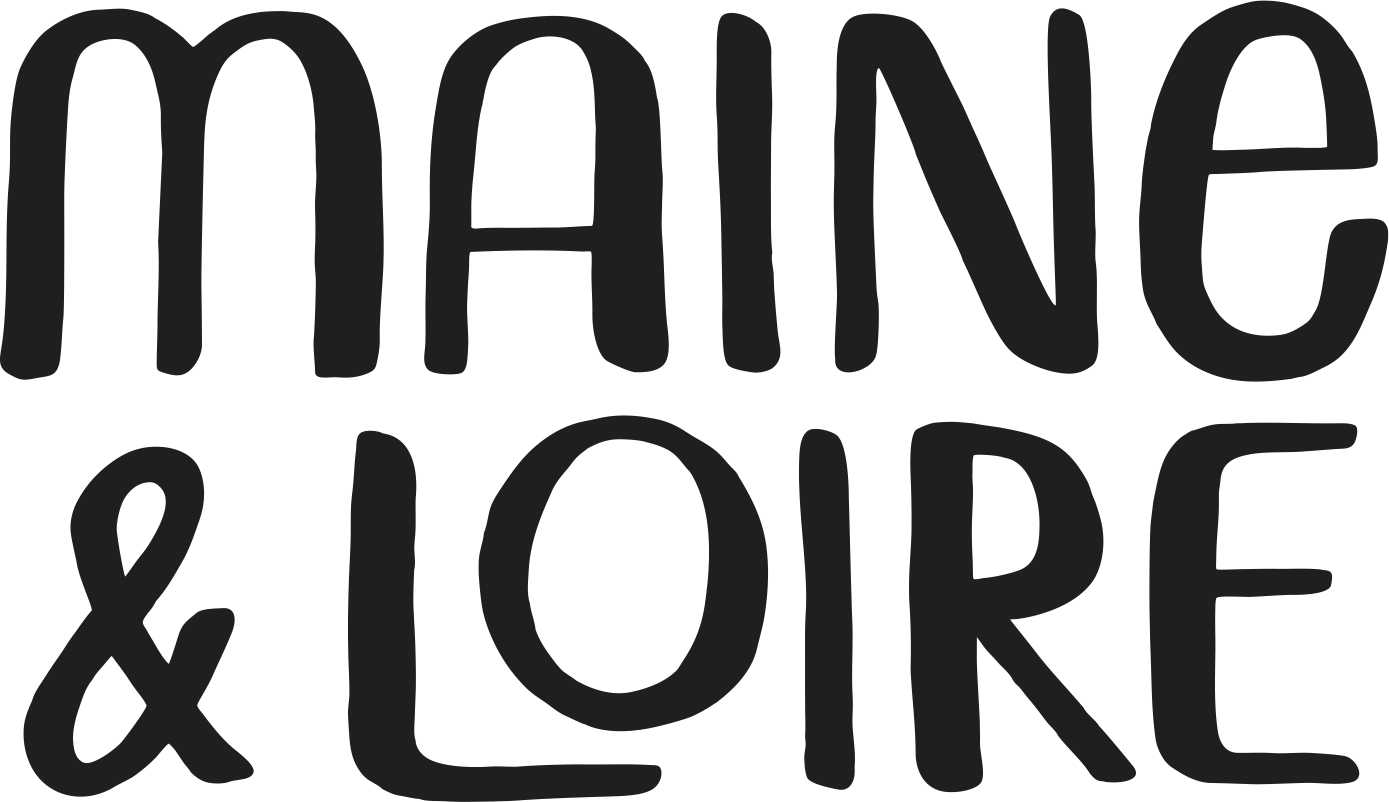François Cotat ‘Mont Damnés’ Chavignol Sancerre Blanc 2023
Location: France, Loire, Sancerre
Winemaker: François Cotat
Grapes: Sauvignon Blanc
Soil: Clay and limestone over chalk
Winemaking: Organic farming. Hand harvest. Fermented on indigenous yeasts in very old demi-muids. Bottled by hand, unfined and unfiltered.
From the Importer Ideal Wine: When the French talk about wine as cultural heritage, this is what they’re talking about. No, there’s no website. For that matter François Cotat doesn’t really need one. Like an old Burgundy domaine, every bottle is allocated long before harvest. François’ production is tiny, from only 3 hectares.
Other than the press, everything here is decidedly traditional. As a result, the wines in no way resemble the average commercial Sancerre. The grapes are hand-harvested, later than most, and barrel-fermented on their own yeasts in older barrels (demi-muids of 600L, 9 or 10 years old). The wines often have a round mouth-feel combined with an extraordinary minerality, and a stunning precision. Sauvignon Blanc is notoriously distinctive, yet here one tastes terroir, not the grape. Some of the wines can even have residual sugar (the Grande Côte, depending on vintage). They can age for 50 years, if not more.
Location: France, Loire, Sancerre
Winemaker: François Cotat
Grapes: Sauvignon Blanc
Soil: Clay and limestone over chalk
Winemaking: Organic farming. Hand harvest. Fermented on indigenous yeasts in very old demi-muids. Bottled by hand, unfined and unfiltered.
From the Importer Ideal Wine: When the French talk about wine as cultural heritage, this is what they’re talking about. No, there’s no website. For that matter François Cotat doesn’t really need one. Like an old Burgundy domaine, every bottle is allocated long before harvest. François’ production is tiny, from only 3 hectares.
Other than the press, everything here is decidedly traditional. As a result, the wines in no way resemble the average commercial Sancerre. The grapes are hand-harvested, later than most, and barrel-fermented on their own yeasts in older barrels (demi-muids of 600L, 9 or 10 years old). The wines often have a round mouth-feel combined with an extraordinary minerality, and a stunning precision. Sauvignon Blanc is notoriously distinctive, yet here one tastes terroir, not the grape. Some of the wines can even have residual sugar (the Grande Côte, depending on vintage). They can age for 50 years, if not more.
Location: France, Loire, Sancerre
Winemaker: François Cotat
Grapes: Sauvignon Blanc
Soil: Clay and limestone over chalk
Winemaking: Organic farming. Hand harvest. Fermented on indigenous yeasts in very old demi-muids. Bottled by hand, unfined and unfiltered.
From the Importer Ideal Wine: When the French talk about wine as cultural heritage, this is what they’re talking about. No, there’s no website. For that matter François Cotat doesn’t really need one. Like an old Burgundy domaine, every bottle is allocated long before harvest. François’ production is tiny, from only 3 hectares.
Other than the press, everything here is decidedly traditional. As a result, the wines in no way resemble the average commercial Sancerre. The grapes are hand-harvested, later than most, and barrel-fermented on their own yeasts in older barrels (demi-muids of 600L, 9 or 10 years old). The wines often have a round mouth-feel combined with an extraordinary minerality, and a stunning precision. Sauvignon Blanc is notoriously distinctive, yet here one tastes terroir, not the grape. Some of the wines can even have residual sugar (the Grande Côte, depending on vintage). They can age for 50 years, if not more.

